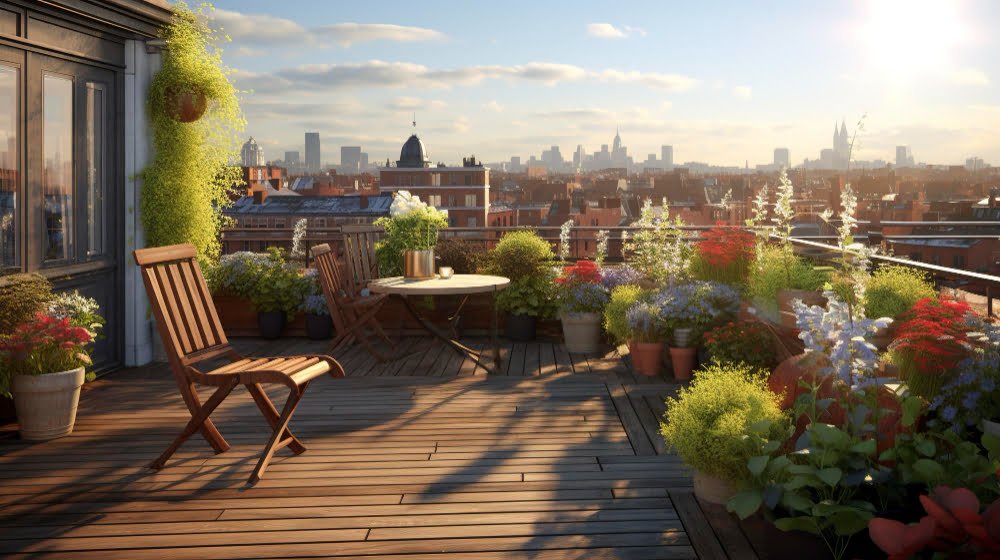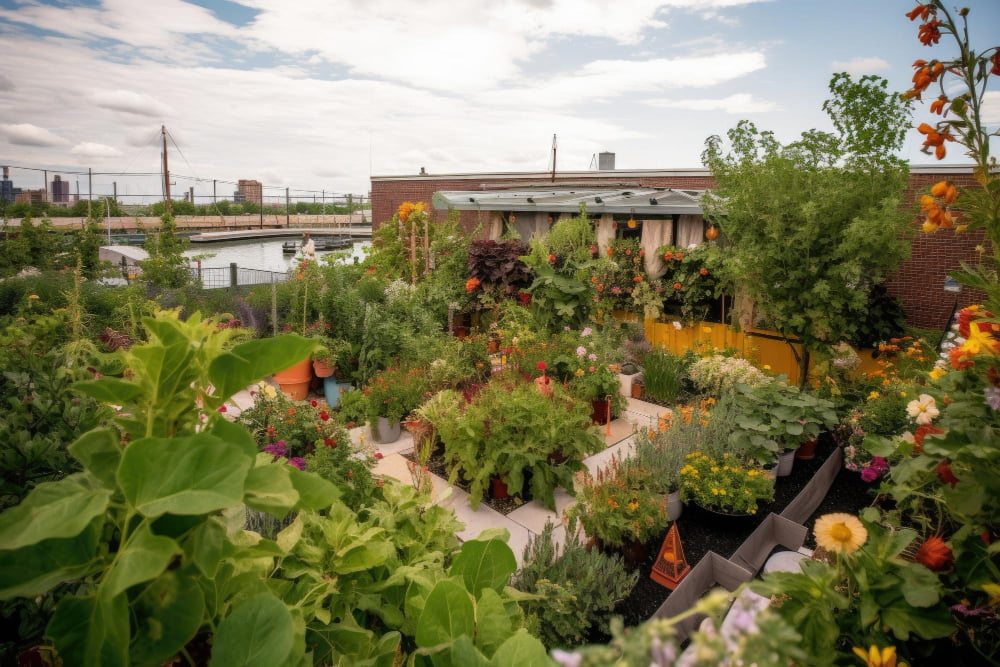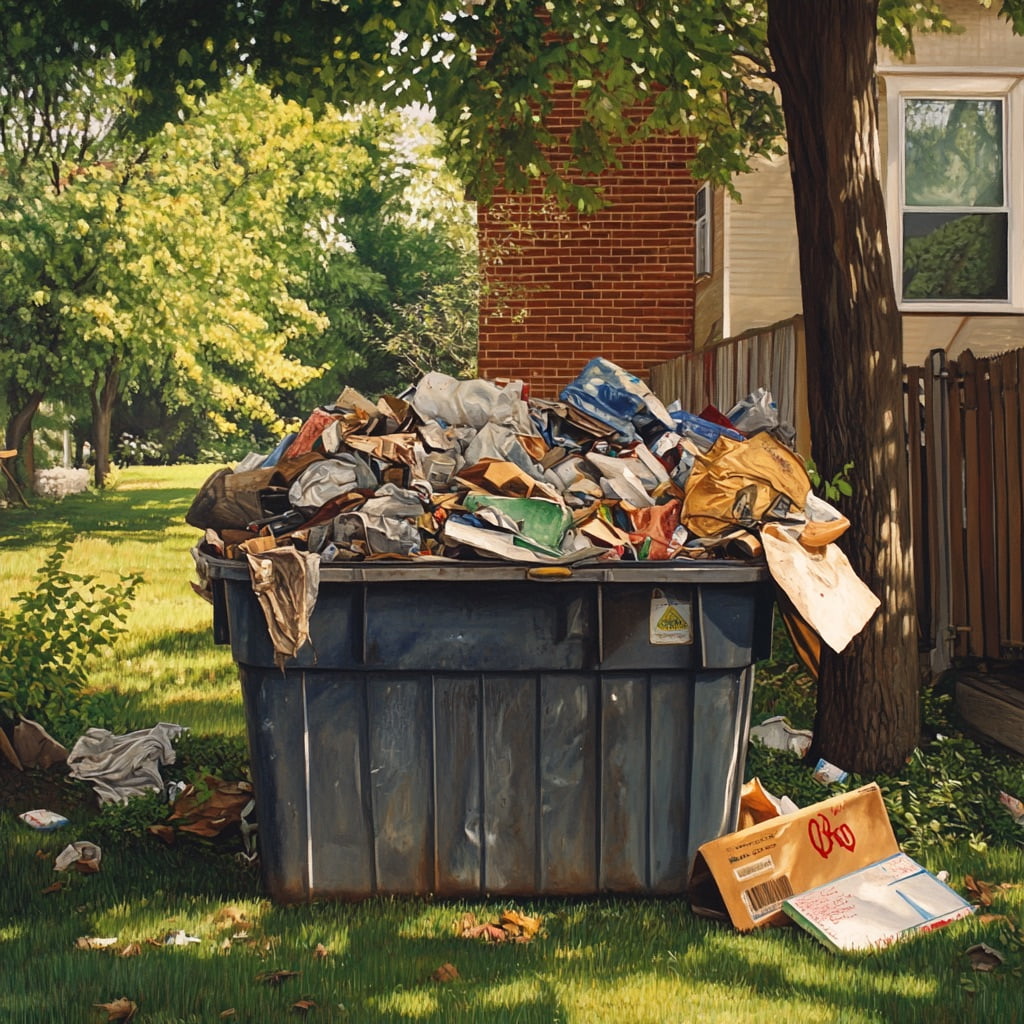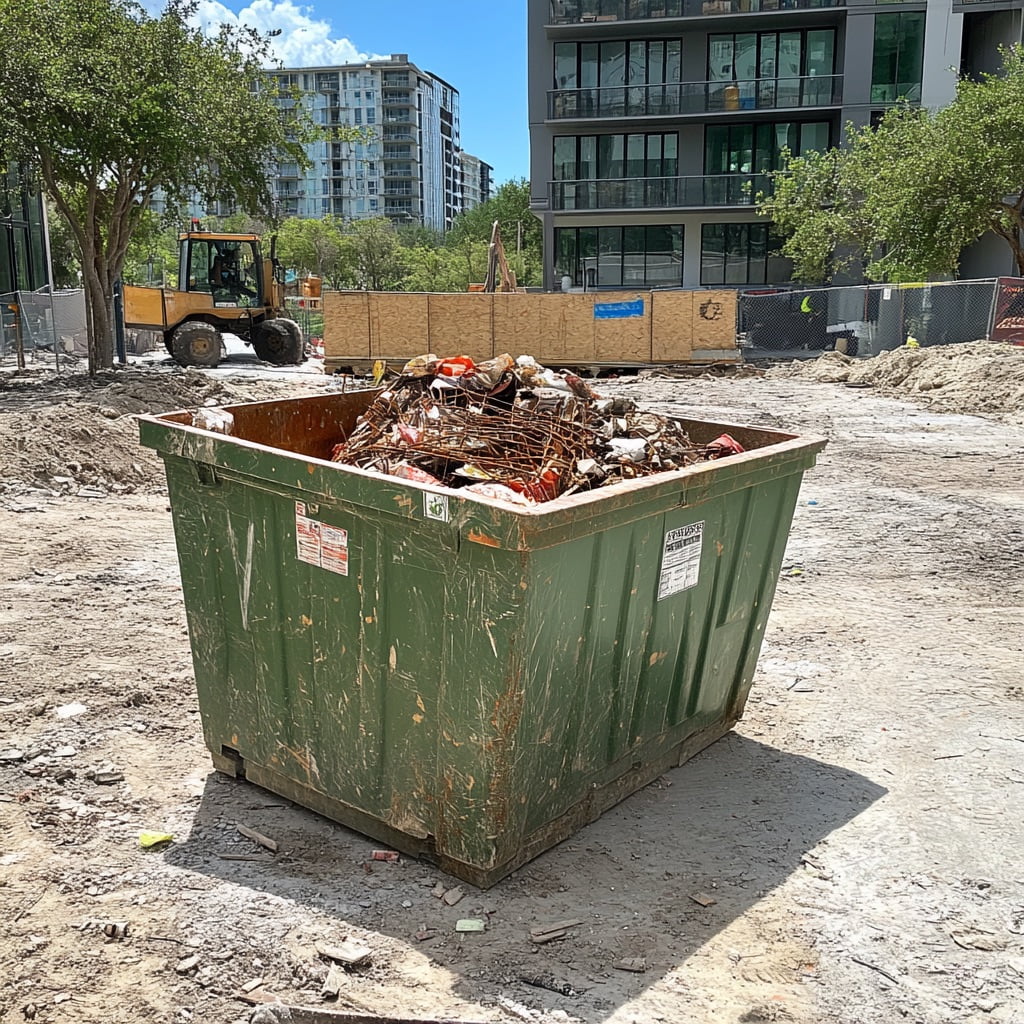Last updated on
Rooftop gardens are a breath of fresh air in the concrete jungle, transforming bland, unused spaces into verdant, eco-friendly paradises. They not only provide an ideal sanctuary for relaxation and peace within the hustle and bustle of city life but also contribute significantly to creating a sustainable urban environment.
This guide is designed to walk you through the step-by-step process of building your rooftop oasis, regardless of your gardening experience level. Let’s embark on this green journey together!
Assessing the Space

Before diving into the design, it’s important to evaluate the available space on your rooftop. Consider the shape and size of the area, the direction it faces, and the amount of sunlight it receives. These factors will influence the type of plants you can grow and where you should place them.
Next, inspect the structural integrity of your rooftop. Ensure it can handle the weight of your envisioned garden, especially when it is saturated with rain. Consulting with a structural engineer may be beneficial to guarantee safety and prevent any potential damage.
Lastly, check the local regulations and codes about rooftop gardens in your area. Some cities may require permits or have specific rules in place that need to be complied with. Neglecting to do so could result in fines or necessary alterations to your garden.
Choosing the Right Plants
When selecting plants for your rooftop garden, consider the local climate and the conditions on your rooftop. Opt for hardy plants that can withstand full sunlight and occasional high winds, which are common on rooftops.
There’s a wide variety of plants suitable for rooftop gardens. You can choose from a myriad of colorful flowers, aromatic herbs, or even small fruit trees. Always consider the plant’s mature size and growth habit when making your selection.
Remember, a successful garden isn’t solely about aesthetics. Try to include plants that attract pollinators like bees and butterflies. Not only will these creatures bring life to your garden, but they’ll also help your plants reproduce and flourish. For example, if you like rooftop Planters, choose plants that have a sprawling growth habit so they can hang over the edges and provide shade for other plants. Plus, they’ll add a unique visual element to your garden.
Designing Your Garden

Start by sketching out your rooftop garden design. Visualizing your space can help you determine where to place your plants and other garden elements like benches or bird baths. Be sure to include pathways for easy access to all areas.
Incorporate different heights and layers in your design to add visual interest. This could be achieved by using raised planters, and trellises or by planting some taller plants and trees. Also, consider adding a focal point – a large, special plant or a piece of garden art.
Don’t forget about the practicalities. Include a place for storing gardening tools and watering cans. Consider installing a water source on the rooftop, if possible, to make watering your plants easier.
Maintaining Your Garden
Maintaining your rooftop garden is crucial to keep it vibrant, lush, and beautiful year-round. Proper care ensures that your plants remain healthy, encourages growth, and prevents disease and pests. Plus, regular maintenance helps keep your garden looking tidy and well-kept, further enhancing its aesthetic appeal.
To maintain your garden properly, consistent watering is essential. The amount of water needed will depend on the specific plants you have, but a good rule of thumb is to water deeply and less frequently, rather than little and often. This approach encourages plants to develop deep root systems, making them more resilient and less dependent on constant watering.
Regular pruning is also a key aspect of garden maintenance. This helps in controlling the size and shape of your plants, promoting better air circulation, and stimulating healthy new growth. Prune any dead or diseased branches immediately to prevent the problem from spreading to the rest of the plant.
Fertilizing your plants is another significant part of keeping your rooftop garden thriving. Depending on the needs of your specific plant varieties, apply a balanced slow-release fertilizer to replenish nutrients in the soil and promote robust growth. Always follow the manufacturer’s instructions when applying fertilizer.
Building and maintaining a rooftop garden may seem like a daunting task, but with careful planning, the right selection of plants, and consistent maintenance, you can transform your urban space into a lush, green paradise. Not only will this provide you with a serene retreat in the heart of the city, but it’ll also contribute to a healthier environment.
Remember, the key to a successful rooftop garden lies in understanding your space, choosing the right plants, and dedicating consistent care to your green haven. Happy gardening!
Recap:




